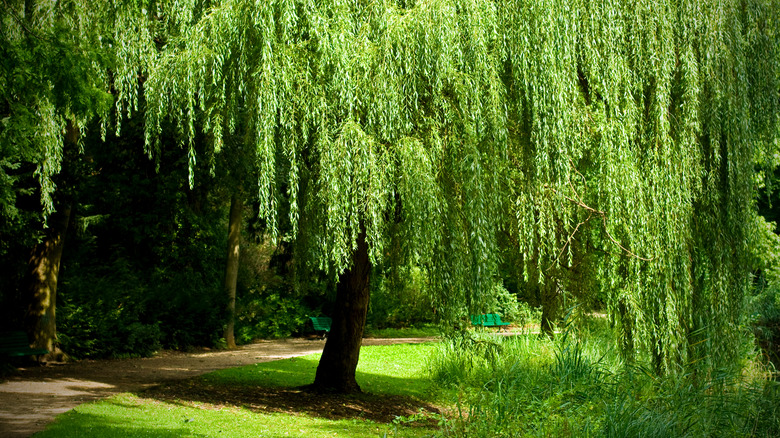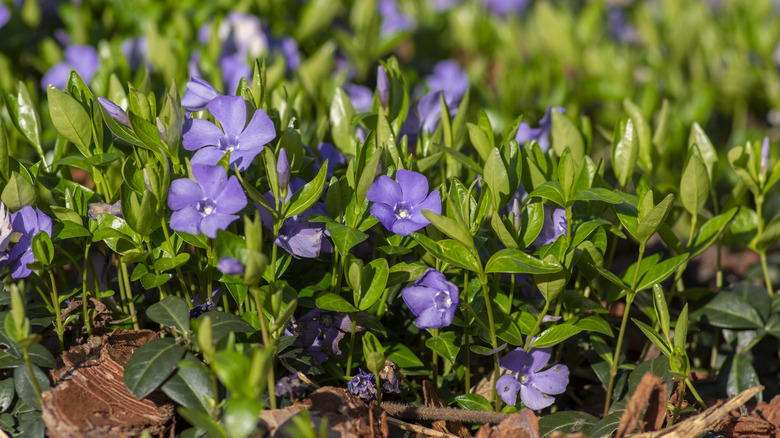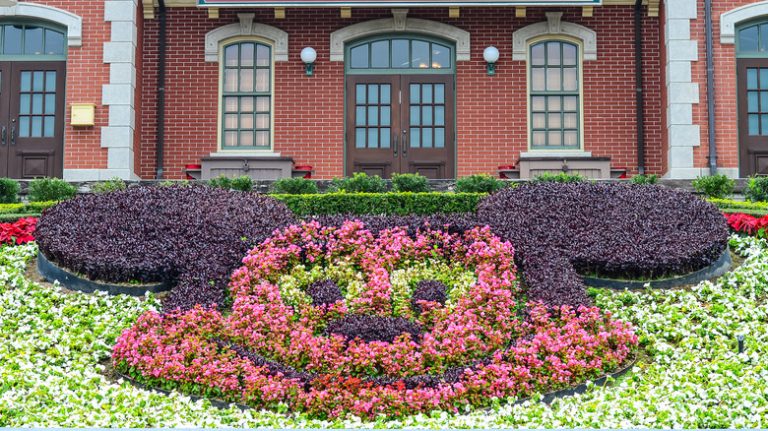Though it may be tempting to hide an unsightly septic tank cover in your yard, planting trees or shrubs near septic tanks is generally not a good idea due to the extensive root systems these plants can develop. Some trees, like willows, aspens, and silver maples, have expansive and aggressive root structures that can infiltrate and damage septic systems. The roots seek moisture and nutrients, making the vicinity of septic tanks a target. As these roots grow, they can infiltrate the pipes, causing clogs, blockages, or even ruptures.
Damage to a septic system can result in costly repairs. Once roots breach the pipes, they can obstruct the flow of wastewater, leading to backups and potential damage to the tank itself. Repairing a damaged septic system can be a labor-intensive and expensive process. In 2024, Forbes reported that the price tag on fixing a septic tank can range from $650 to $2,950 with the possibility of reaching $6,000 with consideration for the types of repairs needed. Moreover, the excavation required to access and replace damaged pipes or tanks can disrupt the landscape and incur additional costs.
The impact of tree roots on septic systems is not immediately apparent. By the time the damage becomes evident, significant harm may have already occurred. Regular maintenance and inspection of septic systems are essential to identify and address potential issues before they escalate. Choosing vegetation that has shallow root systems and planting it at a safe distance from the septic tank is the best practice.
Other plants to avoid

Aside from trees and shrubs with long root systems, there are several other types of plants to avoid growing near septic tank systems. Cultivating vegetables near a septic tank poses potential risks due to the presence of harmful bacteria in the soil. Septic systems contain fecal matter and other waste, and if the vegetables come into contact with contaminated soil, there’s a risk of bacterial transmission. Pathogens such as E. coli and other harmful bacteria can be present in the wastewater, and the roots of vegetables like lettuce or carrots may absorb these contaminants. Consuming such vegetables can lead to health hazards, so keep vegetable gardens at a safe distance from septic tanks to prevent contamination.
Dense ground cover plants are another category to avoid near septic systems. Plants like pachysandra, cotoneaster, and periwinkle can interrupt the necessary evaporation process necessary for the septic system to function properly. These species will prevent oxygen from penetrating the soil, suffocating the bacteria that break down organic matter in the septic field.
Finally, certain ornamental plants, like bamboo, should also be avoided near septic tanks. While clumping bamboo is not necessarily large-rooted, running bamboo has a spreading growth habit that can be invasive and challenging to control. Its rhizomes can travel considerable distances, potentially encroaching on septic pipes and infrastructure. The dense growth of bamboo can impede access for maintenance and repairs, complicating the task of addressing any issues that may arise within the septic system.
Plants that are safe near a septic system

Selecting the right plants to cultivate near a septic system is crucial for preventing costly damage while also providing effective camouflage to disguise tank covers. Opting for plants with shallow root systems and non-aggressive growth habits is essential. Groundcovers like creeping juniper or shallow-rooted grasses are excellent choices. These plants have roots that are unlikely to invade septic pipes and drain fields.
Creeping juniper, for instance, has a low-spreading habit with roots that tend to stay close to the surface. Unlike periwinkle, it will not choke the bacteria in the ground from receiving enough oxygen by spreading quickly across your yard. It will, however, offer a beautiful purple hue, much like the purple flowers of periwinkle, in the winter and is hardy through USDA Zone 3. Finally, shallow-rooted grasses, such as buffalo grass or fine fescue, are also safe options near septic systems.
These plants all offer the dual benefit of providing a colorful and aesthetically pleasing cover for septic tank lids while ensuring the safety of the system overall. Their low-maintenance nature means they won’t require extensive care or pruning, minimizing the risk of disturbance to the septic tank infrastructure and mitigating any hidden costly repairs. Additionally, groundcovers help stabilize the soil, preventing erosion and deterring the growth of unsightly, difficult-to-manage weeds.

